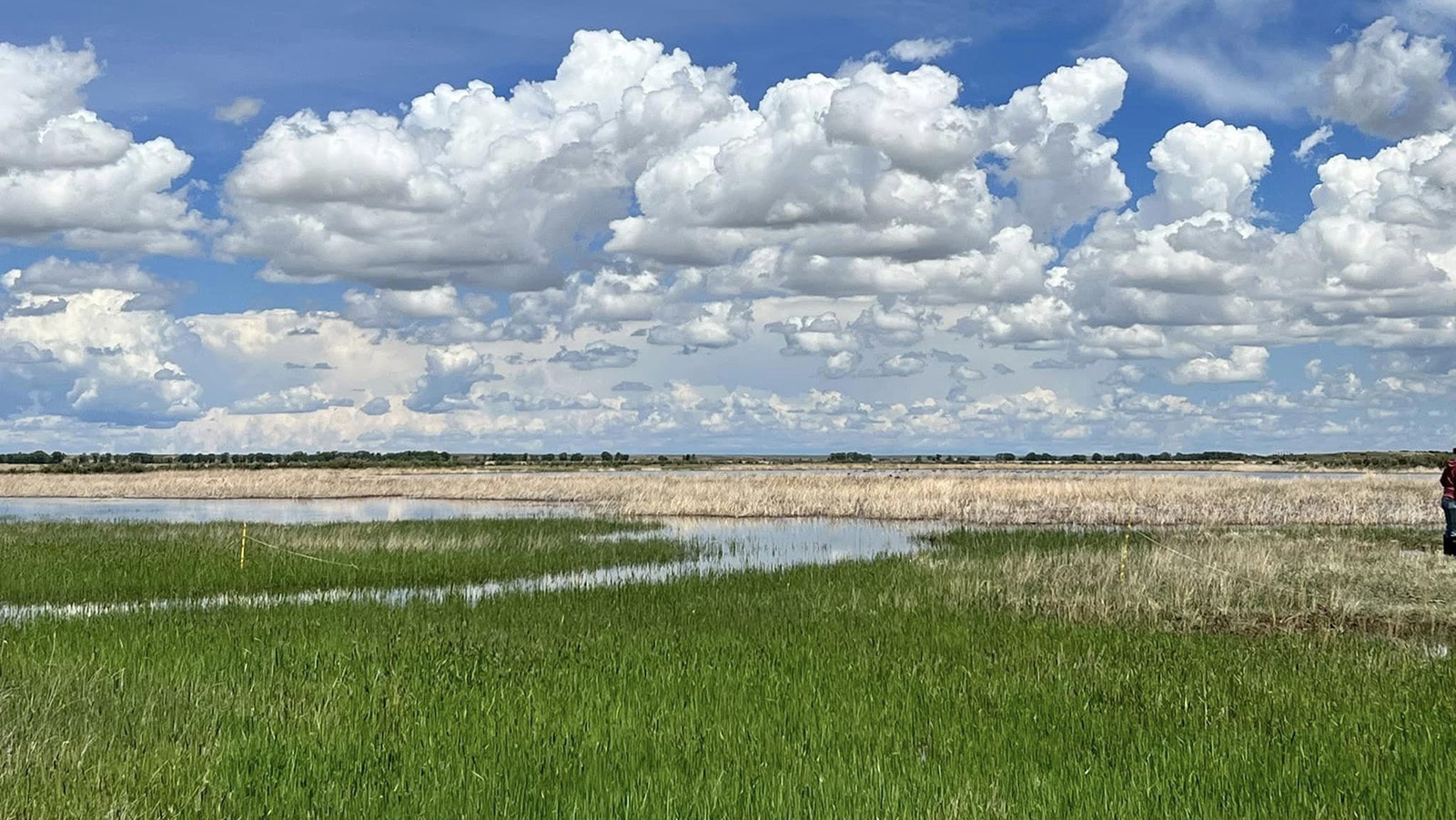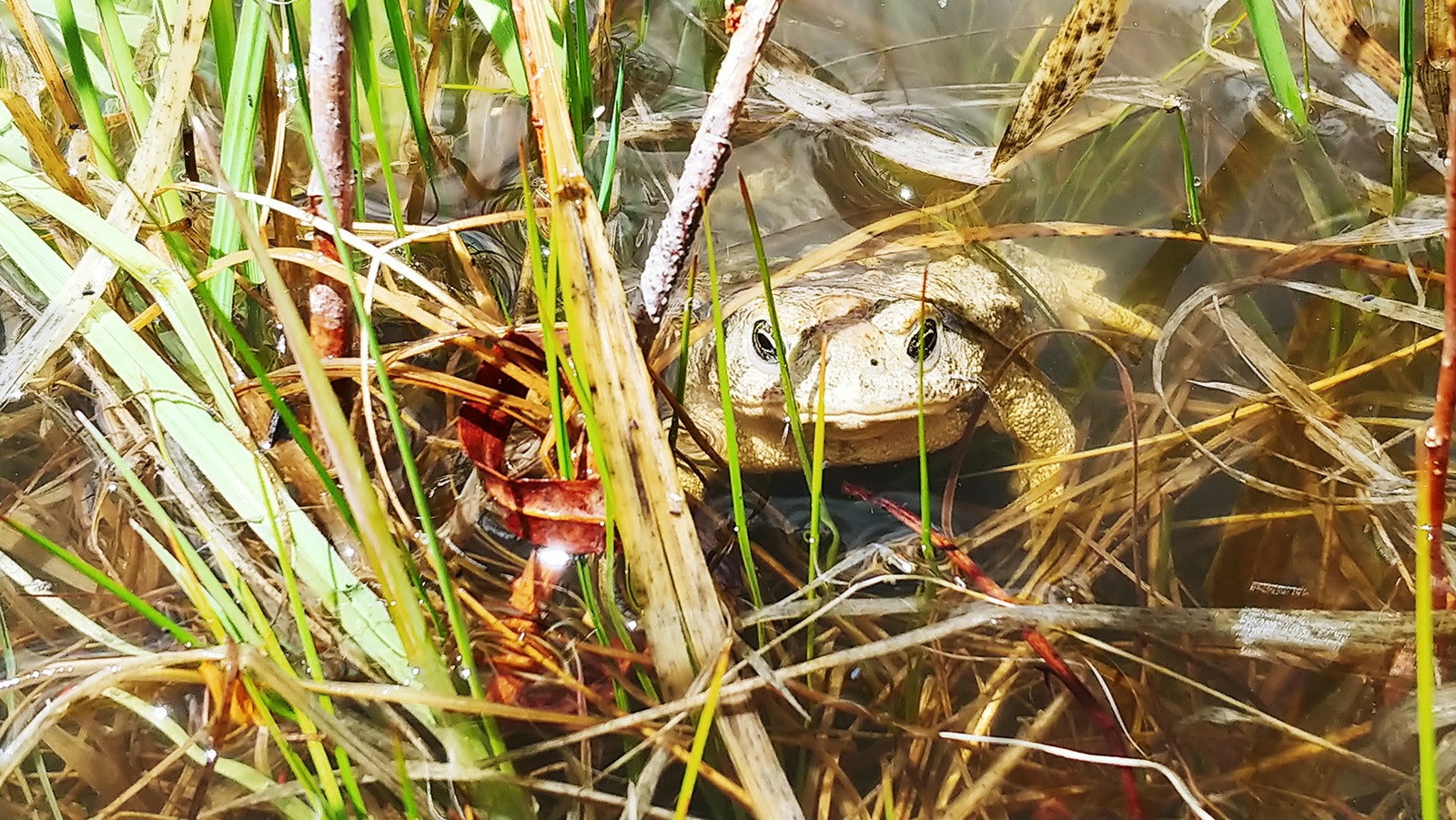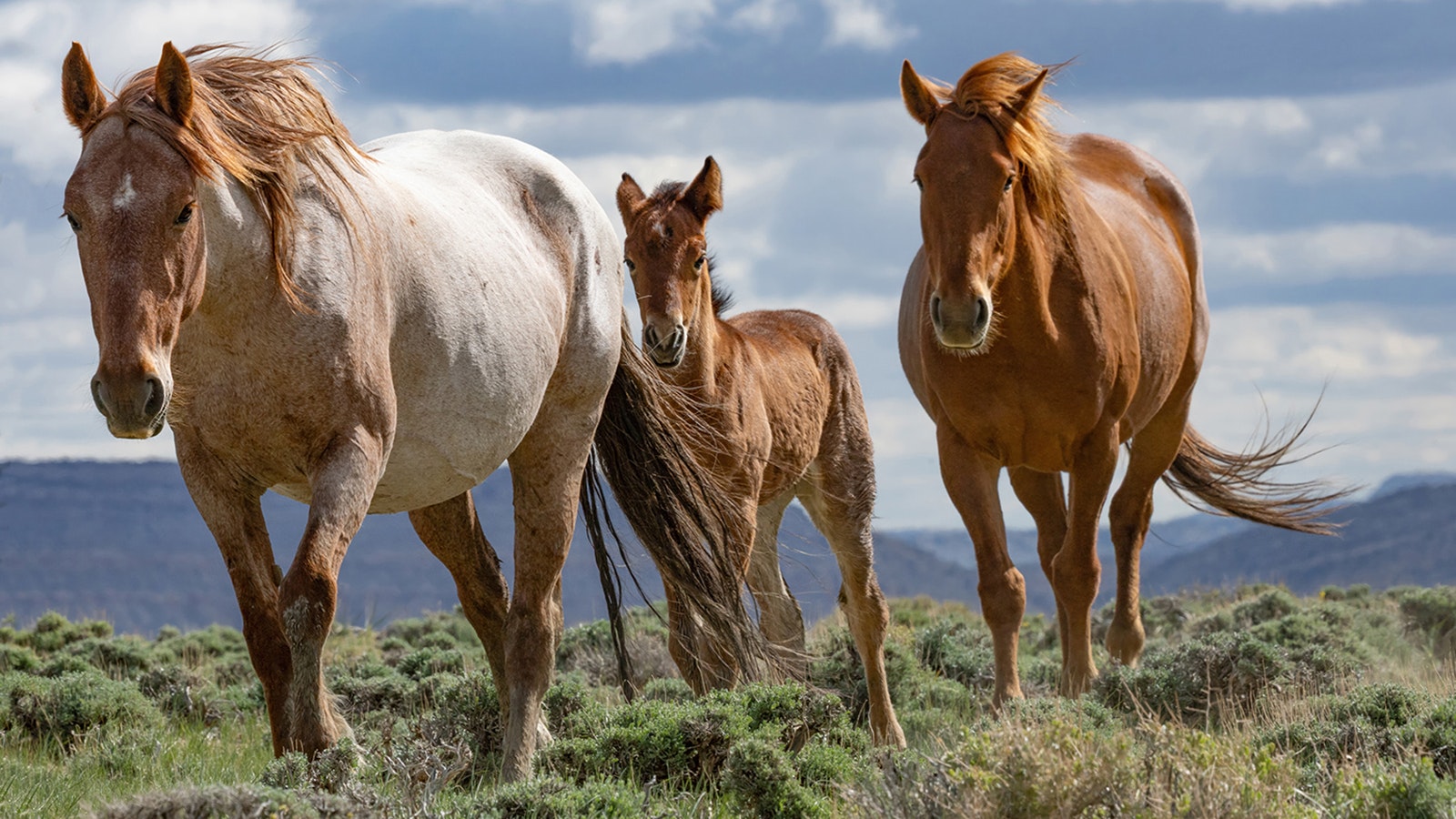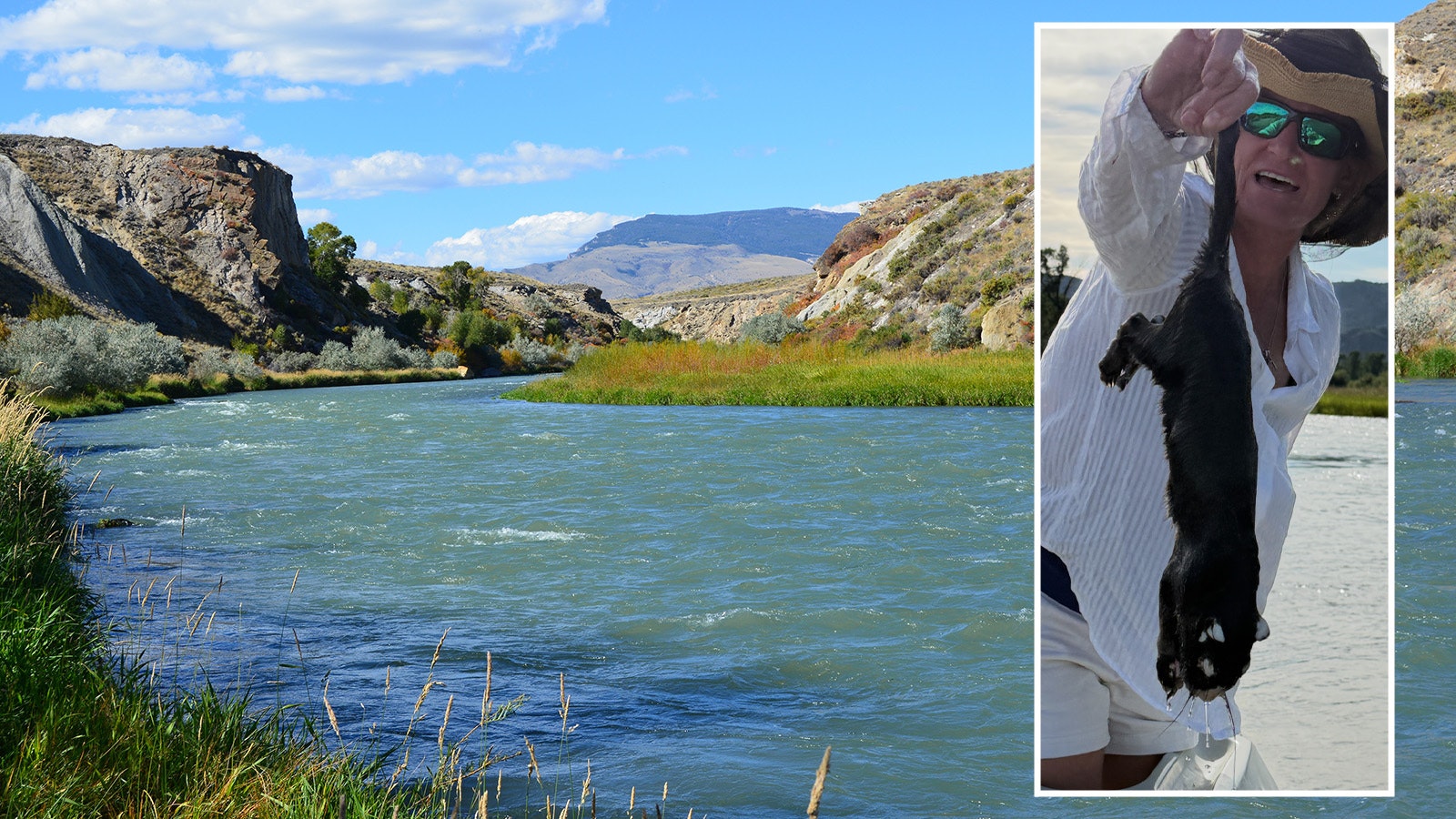Federal officials hope that the $2 million purchase of roughly 1,000 acres near Laramie will help secure the future of the Wyoming toad, an endangered species unique to the Laramie Basin.
The U.S. Fish and Wildlife Service has microchipped many of the toads it has released in the Wyoming Toad Conservation Area, and even outfitted some with radio telemetry tracking devices.
“We have little belts that we can put on the toads (for telemetry tracking),” Rachel Arrick, a USFWS recovery and SSA coordinator, told Cowboy State Daily.
The microchips “are like the microchip that you get for your pet,” she added. They are numbered, so biologists can use a scanner to inventory the toads and document their survival rates.
It’s all part of an effort to rebuild the toad population to its historic number of thousands across the toad recovery area, as well as an adjoining 43,200-acre complex of wildlife refuges and conservation easements on private property.
The 1,078-acre core toad recovery area, which was bought from a private landowner, is near the Hutton Lake National Wildlife Refuge southwest of Laramie.
Disease Nearly Wiped Them Out
The Wyoming toad is native to the Laramie Basin, the only place on earth where the species exits.
There used to be thousands of them scattered across the landscape. But starting in the 1970s, their numbers started to plummet. And until recently, they were nearly extinct, and one of the world’s most endangered amphibians.
A variety of factors, such as habitat loss, might have been involved in the toads’ near-demise, Arrick said. However, the chief culprit was probably disease.
A chytrid fungus, which infects amphibians across the globe, got into the Wyoming toad population and decimated their numbers.
Starting from just 10 Wyoming toads a few years ago, the USFWS and other parties have been breeding the toads in captivity at several locations and restocking their native habitat, Arrick said.
This spring, more than 10,000 tadpoles, 56 juvenile toads and 317 adults were released in the Laramie recovery area. It’s hoped that the seed population, along with subsequent releases, will allow the species to start thriving again.
The goal is to have the Wyoming toad “downlisted” to threatened, and then finally taken off the endangered species list, although there’s not set timeframe for when that might happen, Keely Lopez, USFWS Refuge Manager, told Cowboy State Daily.
She, Arrick and others will continue to monitor the population, both electronically and on site. Lopez is stationed in Walden, Colorado. Arrick is based out of the USFWS Cheyenne office, but is stationed in Larmie, making her the primary “toad wrangler,” so to speak.

Hibernation Time
The Wyoming toad is an important species to the area because it’s prey for birds, snakes and some mammals, Arrick said.
According to what she’s seen so far, garter snakes are the most likely predator to eat the toads. She’s not sure yet if coyotes and foxes gobble them as well.
With unusually warm temperatures so far this fall, some Wyoming toads might still be active, but they generally start to hibernate in September and October, she added.
Wyoming toads don’t dig their own winter dens. Instead, they crawl down into holes dug by other critters like prairie dogs, badgers or moles.
Doing Their Part To Fight Disease
In addition to bringing back a truly Wyoming species, the primary purpose of the toad recovery area over the next several years will be the study of fungal disease in amphibians, Arrick said.
Scientists from all over can study the Wyoming toad’s recovery and response to the disease to get insight into how to keep the fungal infections from threatening other amphibian populations.
That means the Wyoming toad could help save its amphibian cousins across the globe.
Heat seems to play a part, Arrick said.
Although Wyoming toads like to hang out near water, they spend most of their time on dry land. There’s some evidence that exposure to warmer temperatures can help them fight fungal infections, she said.
Places where they can crawl up onto rocks and “bask” in sunlight are the toads’ favorite, she said, and the vast prairies surrounding Laramie have plenty of those.
Lopez said the USFS can’t bring the Wyoming toad back on its own. The Wyoming Game and Fish Department, the Laramie Rivers Conservation District, the city of Laramie, private landowners and others are all pitching in.
“The star of the show is the Wyoming toad, and they are super cute and fun to talk about” but without the cooperating parties, the toads wouldn’t stand a chance at recovery, she said.
Greg Johnson can be reached at greg@cowboystatedaily.com.





